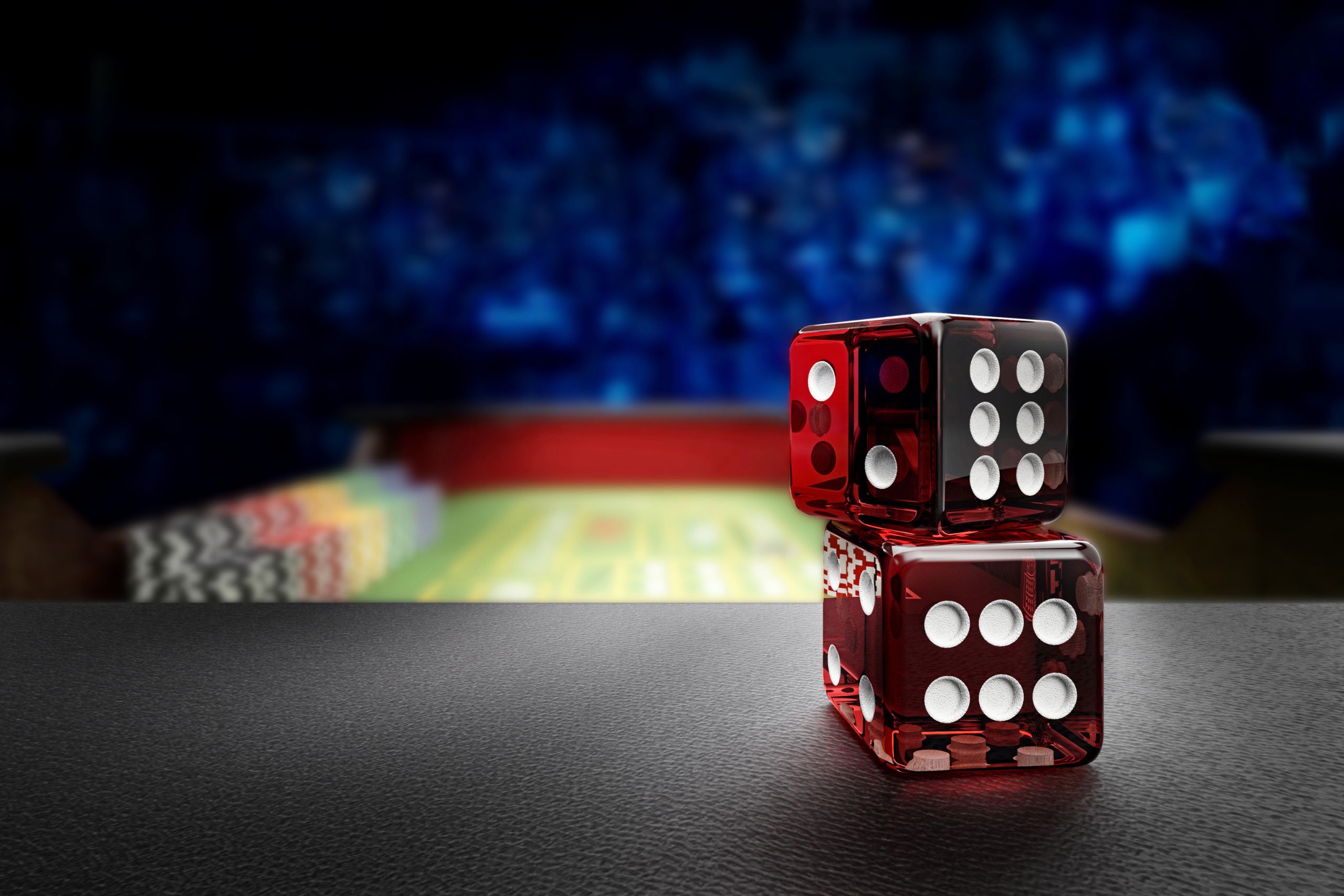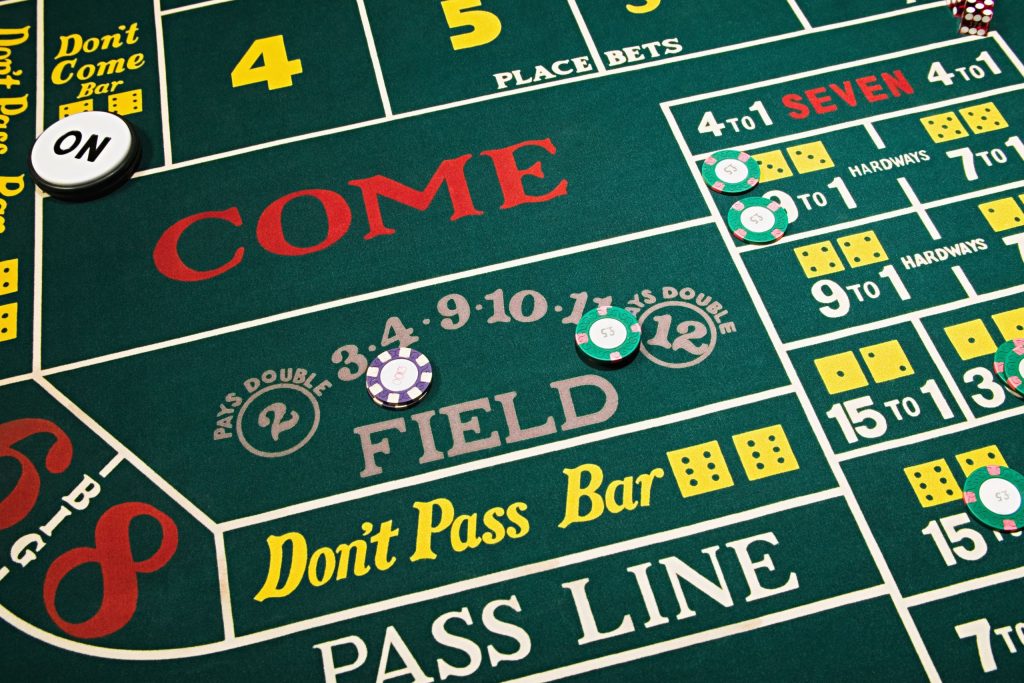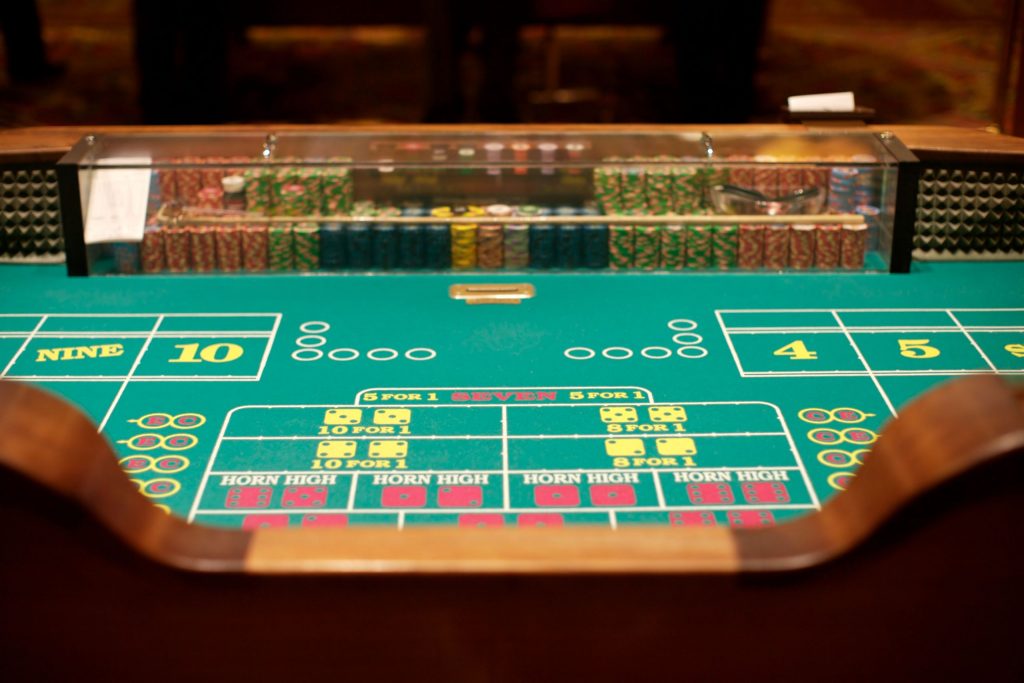
Casino gamblers all worldwide are enthralled with the fascinating, thrilling dice game craps. Renowned for its vibrant tables, fast pace and social setting, craps draws both novice and seasoned players. Hard to replicate in other casino games, the thrill of rolling the dice mixed with the generosity and encouragement of other players creates a remarkable experience.
Gamers deliberately put wagers on the result of every roll, choosing actions that may rapidly turn fortunes. The many betting choices in the game accommodate different risk preferences, thereby enabling expert players to investigate more advanced techniques while beginners could start with little wagers. Among those looking for thrills and a feeling of fellowship, craps is a popular as it blends chance and skill with the active interactions among players. Regardless of your level of knowledge, newbie or experienced, the craps table presents an amazing voyage full of expectation and company.
Understanding the Craps Table Layout
Anyone trying to improve their game has to first understand the arrangement of a craps table. Though first look it might appear a little daunting, if you dissect it, it’s very easy. The Pass Line is the most basic space. By betting here, you are effectively hoping the shooter will roll a 7 or 11 on the first roll of a new round. Should the shooter roll a 2, 3, or 12, you forfeit your stake. Should they roll any other number, however, it becomes the “point,” and the shooter will seek to roll that number once more before rolling a 7 to win.
The Come Bet area comes next, running like the Pass Line but open for business any time after the come-out roll. With the same guidelines for winning and losing as with the Pass Line, your wager in this area is for a 7 or 11 next roll. The Field area is then a one-roll bet where you would gamble that the following roll will fall on a 2, 3, 4, 9, 10, 11, or 12. For gamers seeking a fast gain, this region provides many payments for certain numbers, which makes it an interesting and active choice.
Knowing where to gamble on the layout is quite crucial because every location follows various guidelines and presents different possible benefits. Learning these skills can help you to increase your confidence at the table and guide your judgments. Remember that growing understanding of the layout will let you to arrange your strategy and enjoy the exciting craps experience.

The Basics of Rolling the Dice
The shooter in craps is the individual rolling the dice; their performance is very essential to the game. Starting the procedure betting on either the Don’t Pass Line or the Pass Line, the shooter. The shooter rolls the dice for the come-out roll—the first roll of the game—once the bets are established. The result of the betting phase is decided upon this roll. Should the shooter roll a 7 or 11, the pass line bets win and it is known as a “natural.” If they roll a 2, 3, or 12, however, that’s known as a “crap out,” and the Pass bets lose.
Should the come-out roll provide any number between 4 and 10, that number becomes the “point.” The game progresses with the shooter seeking to roll that point number once more before rolling a 7. Should the shooter accurately roll the point before a 7, Pass bets win; should a 7 be rolled first, it is termed to be a “seven-out,” and the other bets are lost. One may appreciate and play craps by knowing these fundamental words and the rolling movement.
Popular Bets for Beginners
The Pass Line, Don’t Pass, Come, and Don’t Come bets are among the simplest bets in craps. Let’s break them apart!
Among the most regularly used is the Pass Line Bet. Laying this bet lets you essentially hope for the shooter to roll a 7 or 11 on the first roll—also known as the “come-out roll.” Should it transpire, you win! Should the shooter roll a 2, 3, or 12, you lose. Any other number becomes the “point”; if the shooter rolls that point number one more before rolling a 7, you win. Usually, a Pass Line Bet pays exactly 1:1 even money.
Conversely, the Don’t Pass Bet is like betting against the shooter. While rolling a 7 or 11 loses, you want them to roll a 2 or 3 to win. Should a 12 be rolled, it is a push—that is, a return of your investment. Should a point be formed, you win should a 7 roll before the point value. Additionally even money is the payoff for a Don’t Pass Bet.
Let us now discuss the Come Bet and Do Not Come Bet. Though it may be positioned after the come-out roll, the Come Bet operates much like the Pass Line Bet. You lose if you roll 2, 3, or 12; you win if you roll a 7 or an 11. Another point count can be created; should that particular number resurfaced before a 7, you win. The payback stays at 1:1. On the other hand, although made after the come-out roll, the Don’t Come Bet operates like the Don’t Pass Bet. Here you lose on 7 or 11, win with a roll of 2 or 3, and push with a 12. Should the shooter set a point, you win should a 7 show up before that point. Payouts again usually consist of even money.

Tips for Beginners to Play Smart
Staying to basic bets is a smart approach for beginners in the game of craps. Given their some of the finest odds in the game, the Pass Line and Don’t Pass bets are your best friends. These wagers let you experience the game without overloading you with intricate tactics straight out of the start. Once you’re at ease, you may gently investigate more betting choices; however, initially keeping it basic will assist boost your confidence.
Another crucial advise is to control your cash carefully. Decide how much money you are ready to spend before you sit down at the table and keep to that amount. Breaking your money into smaller pieces helps you to avoid excessive risk on one wager. This helps you to have the chance to experience those thrilling winning streaks and enjoy the game for more time. Before you start playing, also take several rounds of games to help you better grasp the flow of the game and the many betting choices players are employing. Go gradually and most importantly enjoy yourself.
The Social Aspect of Craps: What to Expect
Craps is about the individuals at the table and the shared joy that comes with the game as much as with rolling dice. The friendship among players of craps is among its greatest features. Whatever experience level—newcomer or seasoned professional—the settings are energetic and welcoming. Usually supporting one other and building friendship, everyone helps the shooter to reach the winning number. This communal approach helps everyone to enjoy the highs and lows of the game.
Table etiquette also plays a crucial part in improving the craps experience. It’s crucial to be courteous of the game and the people around you. Simple gestures, like waiting for your time to make bets and not reaching across the table while the dice are in play, go a long way in preserving a friendly environment. Celebrations provide a happy environment that brings everyone together, much as high-fives or applause after a major event. The excitement of a craps table is very contagious; soon you will be caught in it as the dice roll down the table and the yells reverberate.

Conclusion
Equipped with your fresh craps knowledge, it’s time to bring your abilities to the casino and sink yourself into the exciting craps table environment where the exciting mix of strategy, chance, and social interaction awaits you. As you make your bets, interact with other players, and see the dice dance around the table, all while using your knowledge of the complexity of the game to guide you. Not just about winning; every game is about appreciating the friendly atmosphere and dynamic energy that define the fascinating world of craps. Let every roll to excite you. Get your confidence, then enjoy the experience and hope the opportunities will always be in your favor!
